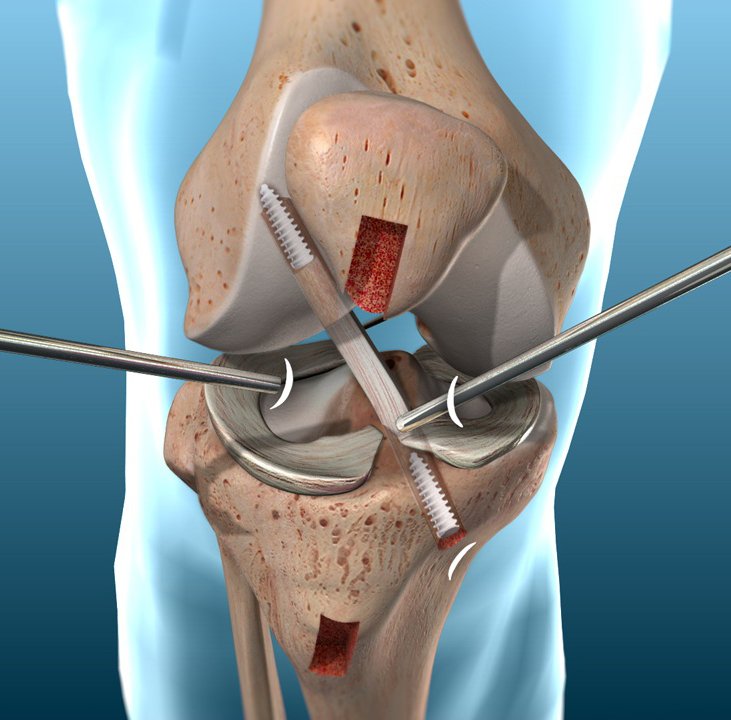Arthroscopic Ligament Reconstruction
- Home
- Arthroscopic Ligament Reconstruction in Bhubaneswar
Get Expert Care for ACL, PCL & Other Ligament Injuries with Dr. Debabrata Padhy
Don’t Let an Anterior Cruciate Ligament Injury or Other Ligament Tear Hold You Back!
If you’re experiencing knee instability or pain from an ACL tear, PCL injury, or collateral ligament injury, timely treatment is crucial. At our clinic in Bhubaneswar, Dr. Debabrata Padhy specializes in arthroscopic ligament reconstruction, a minimally invasive surgery that repairs torn ligaments to restore knee stability and function.
Understanding Cruciate Ligament Tears: ACL vs PCL
Understanding Cruciate Ligament Tears: ACL vs PCL
The knee contains two main cruciate ligaments — the Anterior Cruciate Ligament (ACL) and the Posterior Cruciate Ligament (PCL) — both vital for joint stability. Injuries to these ligaments can happen due to sports trauma, accidents, or sudden twisting motions.
While ACL tears are common among athletes, PCL injuries often require specialized treatment and exercises.
Dr. Padhy evaluates your injury carefully to recommend the best approach, including arthroscopic ligament reconstruction or conservative management.

What is Arthroscopic Ligament Reconstruction Surgery?
- Reduced pain after ligament reconstruction
- Smaller scars and less tissue damage
- Faster recovery and shorter hospital stay
- Lower risk of infection and complications
Symptoms of Ligament injuries: What to watch for
- Sudden knee pain and swelling after injury
- Feeling of instability or “giving way” of the knee
- Difficulty bearing weight or walking
- Restricted knee movement or stiffness
Specification Of Arthroscopic Ligament Reconstruction
Arthroscopy, also called arthroscopic surgery, is a minimally-invasive and highly effective technique for treating joint problems. During an arthroscopy, the surgeon makes a few small incisions at the affected area and uses these openings to insert a small camera (Arthroscope), and surgical instruments. The surgeon can then see and explore the inside of the joint to repair or clean out the joint using the inserted instruments. The benefits of arthroscopy over open surgery include:
- Smaller incisions are used
- Less invasive to surrounding, healthy areas of the joint
- Faster recovery
- Less post-operative pain
- Less scarring
Commonly Treated Knee Injuries
Anterior Cruciate Ligament (ACL) Tears
- Sudden changes in direction
- Rapid deceleration
- Incorrect jumping and landing techniques
- Blunt force applied to the front or back of the knee
Posterior Cruciate Ligament (PCL) Tears
Collateral Ligament Injuries
Dislocation
Commonly Treated Shoulder Injuries
Rotator Cuff Tears
Shoulder Impingement Syndrome
Recurrent Dislocations
Recovery Time After Arthroscopic Ligament Reconstruction Surgery
- Initial healing and pain reduction within 2 weeks
- Regaining knee movement and strength over 3–6 months
- Regaining knee movement and strength over 3–6 months
